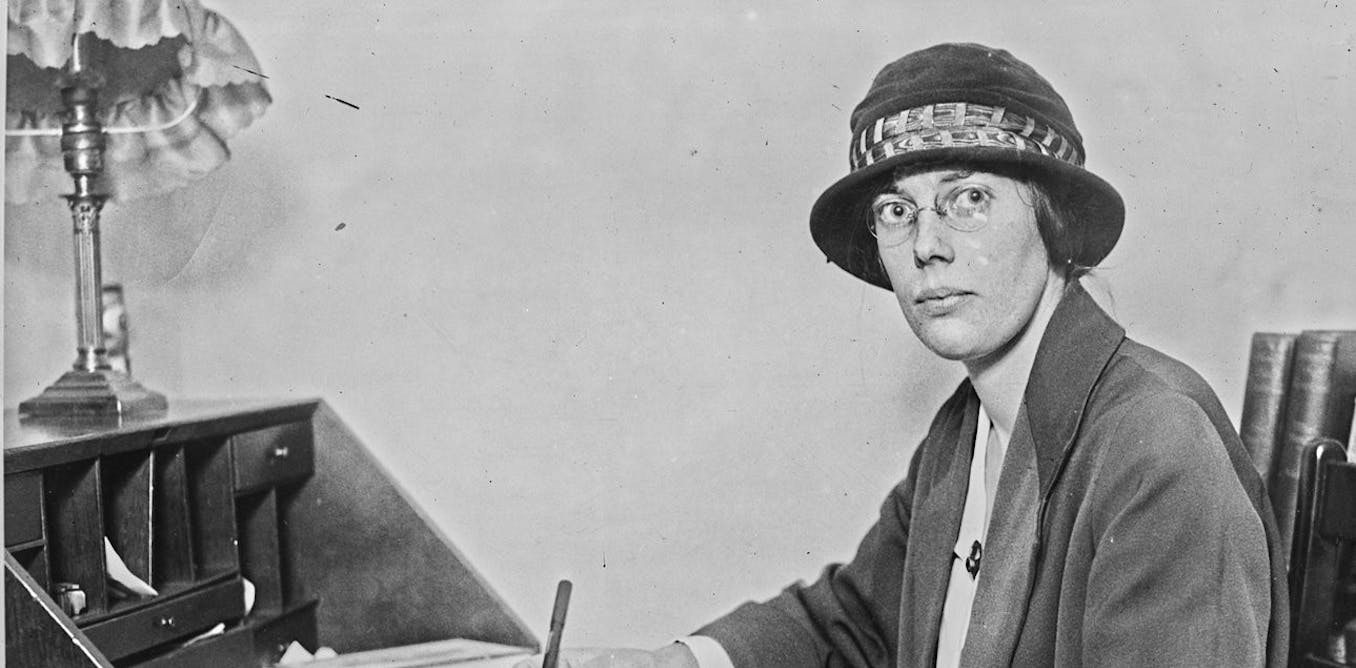On the eve of the Second World War, three Oxbridge graduates joined forces in London and wrote a pamphlet calling for the union of Britain with other democracies to avert the coming conflict. They sent the short pamphlet, titled “Federal Union”, to more than 500 opinion-makers in Britain. The warm reception of their federalist ideas led to the launch of an organisation named after the pamphlet. By 1939 more than 200 branches of the organisation were founded all over Britain, with more than 10,000 members.
Yet the “Phony War” of 1939 ended with the
fall of France in 1940, and also public enthusiasm about federalism. The Federal Union responded by founding the Federal Union Research Institute (FURI) to study the advantages and means of transnational federation. The scholarly discussions, aimed at transforming the opinions of policy-makers and the public, were often concerned with economic issues, including fiscal policies, currency, trade, social services, migration and labour.
The heyday of economic pluralism?
With the latest European elections in sight and right-wing parties on the rise, FURI remains a fascinating example for early debates on the economic aspects of European federation. The institute attracted economists of different creeds, including William Beveridge, Lionel Robbins, Friedrich Hayek, James Meade and Barbara Wootton. While they all were convinced that nationalism was the cause of war and strife, they had different views on the economic advantages of federation. Should it facilitate planning on a transnational scale or foster free trade? How could a federation benefit the working classes not only by averting war, but also by transforming the economy?
The unofficial leader of FURI was William Beveridge, a liberal economist nowadays mostly known in England as the father of the British welfare state. In 1940, he published “Peace by Federation”, a pamphlet in which he explored how federalism could end the war, but soon engaged in debating the economic implications of federalism. Beveridge would later become known for his writings on welfare politics, most famously his 1942 report “Social Insurance and Allied Services”, which established the foundations for the British National Health Service.
Previously sceptical of the possibility of a state-directed economy, the war transformed his thinking in favour of economic planning and state intervention. For him, centrally organised and distributed goods and services did not mean the end of liberty, despite potential social improvement. Nonetheless, he was persuaded that economic planning demanded a high degree of political consensus, which was not at that stage present on the federal scale. Thus, he shied away from envisaging economic plans on a federal scale.
Those who objected to state intervention in the economy often justified their position as a defence of individual liberty. Friedrich Hayek, whose Road to Serfdom and Constitution of Liberty – a book that Margaret Thatcher carried in her handbag – advanced a vision of liberal federalism aimed at minimising the role of the state and its political institutions. Hayek sought to shift the political and economic power of nation states to two institutional levels: local communities and federal government. He envisaged a minimal European federal government aimed at defending the free market from state intervention, and local communities that could undertake a degree of planning with limited local impact. For him, other forms of economic planning on federal level entailed an unbearable limit on liberty that could only be tolerated in limited situations.
A Europe for the working classes
Yet there was a dissenting voice at Federal Union, whose vision endowed the federal institutions with powers to intervene in the economy through planning on large scale: sociologist and economist Barbara Wootton, who always prioritised the economic and social demands of the impoverished working class. For her, British and European workers alike deserved better living conditions, which would be best realised through centralised planning.
In contrast with Hayek, Wootton challenged the notion that freedom could be the foundation of politics, and advanced instead a political vision based on an inclusive interpretation of “equality”, which demanded popular participation in political and economic life. According to her internationalist socialist creed, equality should be envisaged beyond the borders of the nation state, which was too exclusive, protectionist, and belligerent to provide prosperity and social relief to the citizens. Thus, for Wootton, a transnational federation – initially European but potentially global – could provide an inclusive, diverse and effective space for social-economic planning for the benefit of the working classes.
In Wootton’s mind, a federal democracy meant not only that the individual had an equal right to do, but also equal right to get. She based her proposals on practical economics rather than theory. She envisaged, for example, a migration policy that could respond to the needs of labour markets in different parts of the federation, and redistribution of resources to respond to the basic needs of all citizens. When John Maynard Keynes, her family friend, proposed the establishment of the International Clearing Union, and the international currency “Bancor”, she argued that his ideas could facilitate her vision of a transnational federal economy (although Keynes was no federalist himself).
A European federation would have an important advantage of scale over its member states: a European social-economic plan could rely on greater variety and volume of natural and human resources, and could thus be more effective in transforming the living standards of the working classes to enhance global equality.
Lessons for modern Europe
Debates about social justice and economic planning at Federal Union dissipated by the end of the war. By then the prospects of a European federation seemed less viable. Beveridge and Wootton turned to welfare and social reform on national scale. Hayek moved to the United States where he increasingly devoted himself to studying and promoting global capitalist liberalism.
Wootton was exceptional, then as now, in placing the concerns of the working classes at the centre of her attention. Her democratic federation was tailored for their economic needs and wants. She hoped that a federation based on democracy and equality could mobilise the working classes to advance political change. Yet in the 1940s her aspirations failed to come to life. Can her vision still resonate with European politicians and voters today? What would a social Europe, tailored for the “wants” (to use Wootton’s term) of the working classes look like in our modern age? To imagine this kind of Europe, we should build on Wootton’s legacy of economic pluralism, that embeds theory with economic practice to offer a truly democratic idea of social justice.
The enthusiastic economic debate at Federal Union was a meeting point for liberal, ordo-liberal and socialist ideas. The economists did not take for granted that the federal economy should follow the logic of the market. They discussed federation as a means to tackle inequality. Even in this context, some ideas were more original than others. Wootton’s vision of transnational welfare was a radical alternative to mainstream liberal economics. For her, popular welfare demands counted more than safeguarding the freedom of individuals or markets. The welfare of the working classes was a major challenge that required a radical solution, a deep transformation of politics and economics. Many at Federal Union deemed Wootton’s solution impractical, yet her vision stood apart, and can still offer insights in contemporary debate on European economics, where a heterodox approach can open up prospects for a more social EU.



